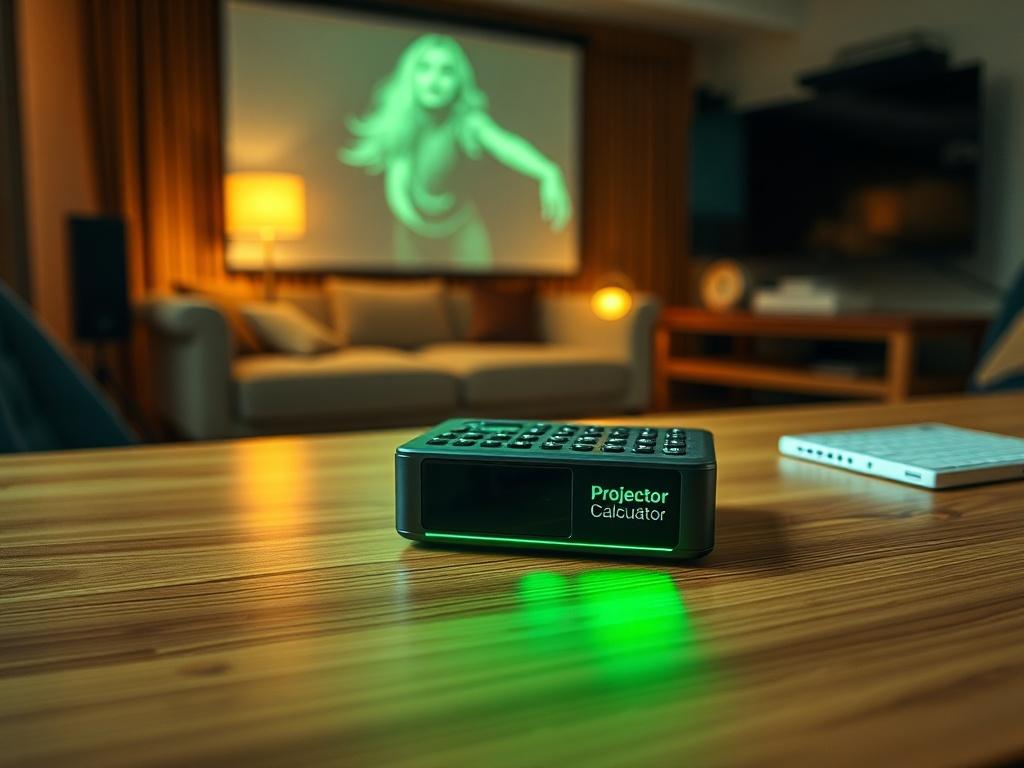
Setting up a projector might seem straightforward, but a single miscalculation can lead to a less-than-ideal viewing experience. In this blog, we will explore how different types of projector calculators, such as projector throw calculators, projection calculators, and projection ratio calculators, work to prevent setup mistakes. These handy tools help you accurately determine the optimal distance, screen size, and image quality, ensuring that your projections meet your expectations every time.
Understanding the importance of these calculators is the first step toward flawless setups. Whether you’re setting up for a presentation, movie night, or an event, having the right information at your fingertips can make all the difference. By utilizing these specialized calculators, you can easily navigate common pitfalls, save valuable time, and elevate your projection experience. Join us as we dive deeper into the various types of projector calculators and learn best practices for maximizing their effectiveness.
Understanding the importance of projector calculators for flawless setups
Setting up a projector can be a daunting task, especially with various factors to consider, such as distance, screen size, and environmental conditions. A projector calculator simplifies this process by providing precise measurements that help ensure your setup is flawless. With the right calculator, you can determine not only where to place your projector but also what type of screen will produce the best image quality. By minimizing the guesswork, projector calculators enhance the overall experience, allowing you to focus on the content rather than the technicalities of projection.
Moreover, the consequences of improper setup can be significant, leading to distorted images, inadequate brightness, or even interruptions during presentations. A projector calculator aids you in avoiding these setup mistakes by offering guidance tailored to your specific projector model and room conditions. By leveraging these tools, you can confidently navigate the complexities of projector installation and create impactful viewing experiences every time. Understanding the importance of these calculators marks the first step toward mastering the art of projection and delivering impressive visuals.
Types of projector calculators: how each one minimizes common mistakes
Projector calculators come in various forms, each designed to address specific aspects of a projection setup. For instance, a projector throw calculator helps you determine the optimal distance between your projector and the screen. By entering the specifications of your projector and desired screen size, this tool allows you to avoid the common mistake of projecting an image that is either too large or too small for your space. An incorrect throw distance can lead to blurry images or visual distortions, ultimately ruining your viewing experience. With accurate measurements provided by the throw calculator, you can confidently place your projector, ensuring a sharp, clear image.
Another essential tool is the projection ratio calculator, which calculates the ratio of the width of the projected image to the distance from the projector. Understanding this ratio helps you avoid mistakes related to image distortion and misalignment. For example, if you want to project a wide image on a narrow screen, you could end up with an elongated or stretched display if you overlook this calculation. By using a projection ratio calculator, you can easily adjust the energy settings and positions to create a balanced display. This attention to detail prevents common errors before they occur, allowing you to focus on enjoying your content rather than stressing over technical issues.
Best practices for using projector calculators to enhance your projection experience
To get the most out of your projector calculator, always start by accurately measuring your room dimensions and the screen size you intend to use. This precision ensures that your calculations reflect the specific setup, allowing you to avoid common errors like incorrect projector placement or screen sizing. Familiarize yourself with each calculator’s features; some may offer additional parameters, such as lamp brightness or room ambient light, which can significantly affect your projection. By inputting all relevant data into the calculator, you enhance the accuracy of your setup and create an optimized viewing environment.
Regularly review your calculations, especially if you make any changes to your setup. For instance, if you decide to reposition your projector or change the screen size, rerun the calculations to ensure that you maintain the desired image quality and dimensions. Consider keeping a checklist of parameters to review when using a projector calculator, such as distance from the screen to the projector, desired image size, and output resolution. By following these best practices, you can significantly reduce the likelihood of setup mistakes and ensure an exceptional viewing experience.